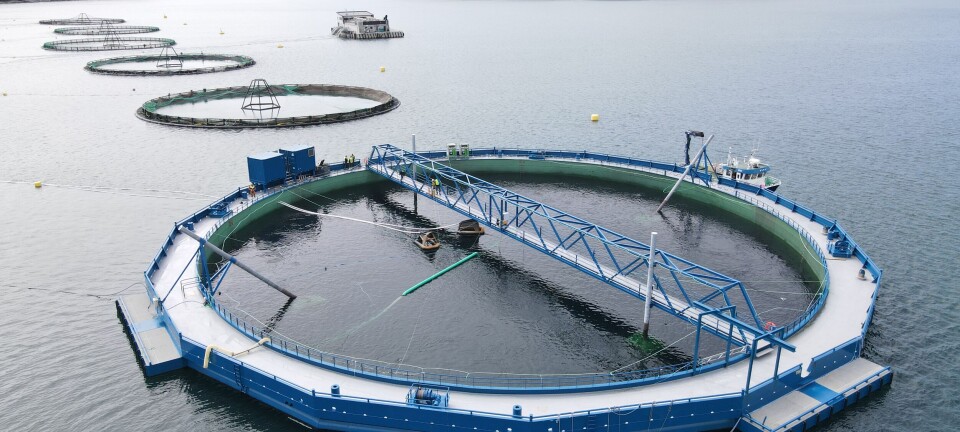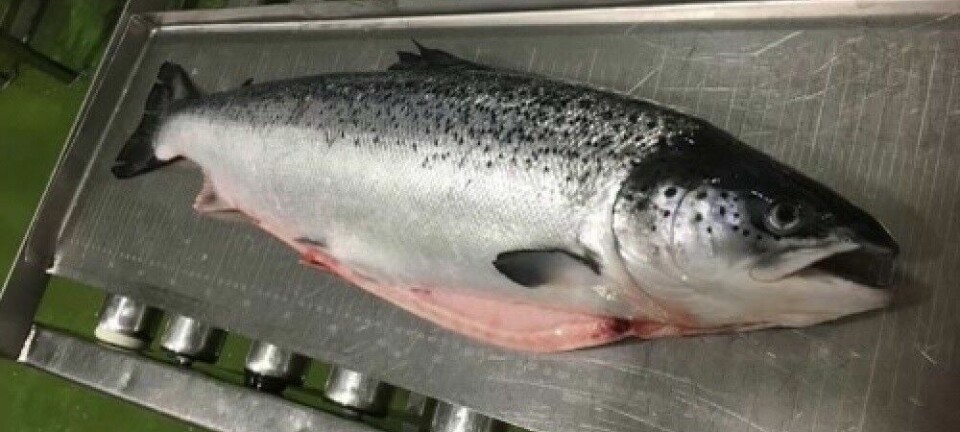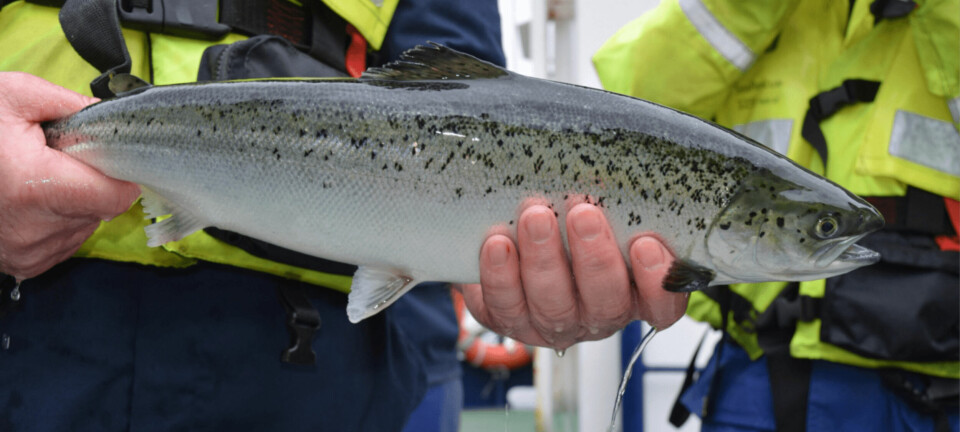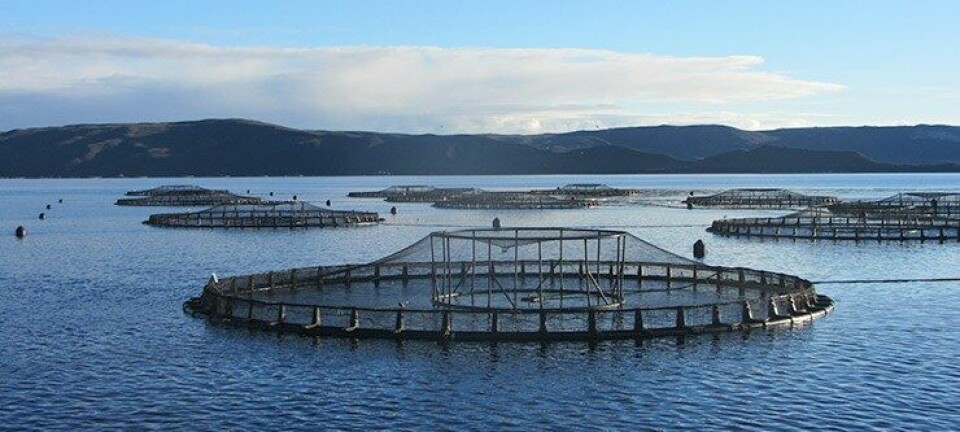
Brazil tilapia grower and US biotech centre unveil gene-edited fish
Vertically integrated tilapia farmer Brazilian Fish and the San Diego-based Center for Aquaculture Technology (CAT) have used gene editing to breed better performing fish, the companies have revealed, although it is not yet known when they will go into commercial production.
“To develop tilapia using these advanced breeding methods, CAT scientists, working with our research and development team here at Brazilian Fish, conducted reproduction trials and produced fertilised eggs that will help create genetic improvements for better growth, yield, and feed efficiency,” said Brazilian Fish chief executive Ramon Amaral.
“After two years of planning and research, the first animals were successfully produced. These fish are now carefully separated and ready for performance and genomic evaluations. These improved lines will benefit from further enhancement as part of the ongoing Brazilian Fish selective breeding programme.”

Genome editing precisely targets and accelerates genetic changes that would naturally occur, but speeds those changes up. Instead of taking many years in a breeding programme, a beneficial variation can now be introduced in a single generation.
Rapid change
In a joint press release, Brazilian Fish and CAT said that by harnessing genome editing, Brazilian Fish can rapidly and accurately introduce beneficial genetic changes. They added that genome editing has the potential to support disease resistance, enhance health, improve feed efficiency, and advance growth performance, all while yielding environmental benefits for commercial tilapia breeding operations.
Brazilian Fish and CAT established a strategic partnership to perform genome editing on specific genetic regions of interest in Nile tilapia with the aim of enhancing production performance and increasing fillet yield. They said this advanced breeding technology allows the progress of a normal breeding programme over 20 years to be completed in as little as a single year, contributing to the efficiency and competitiveness of national aquaculture in Brazil.
“This achievement underscores the transformative potential of genome editing in advancing the industry, offering sustainable and responsible solutions to meet the growing global food demand,” said CAT chief executive Dr John Buchanan. “We are thrilled to celebrate this milestone with the team at Brazilian Fish. The dedication and hard work from both sides has been exceptional.”
Feed efficiency
Explaining one of the key opportunities genome editing holds for the industry, Buchanan added: “Improving feed efficiency is crucial because it directly impacts the sustainability and profitability of aquaculture operations. It refers to how effectively fish can convert feed into body mass, meaning less feed is required to achieve the desired growth. Improved feed efficiency benefits the environment by reducing the overall amount of feed needed, which lowers the demand for raw materials and reduces waste - genome editing delivers this opportunity.”
The companies said genome editing offers transformative benefits enabling the production of tilapia with superior production characteristics compared to current Brazilian tilapia farming standards. This innovation will result in a shorter grow-out period as well as reduced feed consumption during the grow-out stages. They added that for consumers, this translates to increased availability of healthy and nutritious food.
“As a pioneering Brazilian aquaculture company, Brazilian Fish, together with CAT, will deliver a disruptive solution that will drive technological transformation in industrial tilapia farming in Brazil,” said Amaral.
“In addition to providing consumers with increased access to safe and nutritious food, this initiative will promote greater sustainability and competitiveness in the sector, positioning tilapia as an even more accessible and competitive alternative to other animal proteins in the global market.”























































